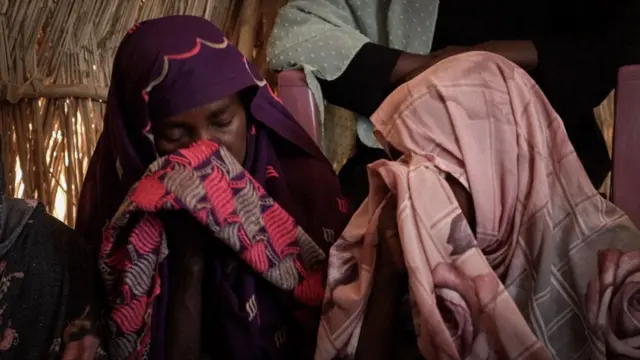Each year on May 23, the global community commemorates the International Day to End Obstetric Fistula – a hole between the birth canal and bladder or rectum, caused by prolonged, obstructed labour without access to timely, high-quality medical treatment.
The theme this year is “20 years on – progress but not enough! Act now to end fistula by 2030!”
According to the World Health Organization (WHO), each year between 50,000 to 100,000 women worldwide are affected by obstetric fistula.
Women who experience obstetric fistula struggle with constant incontinence, shame, social segregation, and health problems.
On Tuesday, May 23, King Faisal Hospital Rwanda noted that an obstetric fistula is a childbirth injury caused by prolonged, obstructed labour without timely medical intervention.
“It results in a tear or hole between the birth canal and bladder or rectum, leading to chronic incontinence and often social isolation and stigmatization. However, many women can regain continence with proper medical care, including surgical repair and post-operative support,” the hospital tweeted.
Every affected woman deserves compassionate care
Prevention efforts focus on improving maternal healthcare, promoting education, and empowering women to access safe and timely obstetric care, the hospital noted.
“Every woman affected by obstetric fistula deserves compassionate care, support, and access to medical intervention. Let’s advocate for increased resources, training, and improved maternal healthcare to prevent and treat this devastating condition.”
Obstetric fistula leaves women and girls leaking urine, faeces or both, and often leads to chronic medical problems, depression, social isolation and deepening poverty. Ninety percent of pregnancies involving fistula end in stillbirth.
According to the United Nations Population Fund (UNFPA) which spearheads the global ‘Campaign to End Fistula’, a drive that started in 2003 to transform the lives of vulnerable women and girls, brave political leadership and investment could exterminate fistula.
As noted, ambitious partnerships and scaled-up investments are imperative to end fistula by 2030.
Notwithstanding progress, elimination by 2030 requires accelerated action, says UNFPA.
According to the World Health Organisation, Obstetric fistula is preventable; it can largely be avoided by: delaying the age of the first pregnancy; cessation of harmful traditional practices; and timely access to obstetric care.
Dr Stephen Rulisa, a professor of obstetrics and gynecology at the University of Rwanda, told The New Times that in order to educate women and girls about fistula prevention and general reproductive health, healthcare workers ought to have data on the magnitude of the problem. This, he said, would enable them to communicate with informed data, including common causes, signs and preventive measures.
Dr Rulisa said: “Healthcare workers should be trained on best practices to prevent obstetric fistula to educate the community on what they need to know about the condition.”
Rulisa said the disease has significantly reduced in Rwanda because the commonest cause is obstructed and prolonged labour without quality health care, which has been availed and women know the importance of delivering in a health facility.
But he explained that there is a need for fistula campaigns in Rwanda to curb stigma, and to inform those with the ailment that it can be treated, enabling someone to live a normal life again.
Prevention and Treatment
Access to quality maternal healthcare: Ensuring women have access to skilled birth attendants, emergency obstetric care, and caesarean sections when needed can prevent obstetric fistula.
Timely medical intervention: Prompt recognition and management of prolonged labour and obstructed labour are crucial in preventing fistulas.
Surgical repair: Obstetric fistulas can often be surgically repaired through a procedure called fistula repair surgery. Surgeons close the hole or tear, restoring normal urinary and/or bowel function.
Rehabilitation and support: Comprehensive care includes post-surgical rehabilitation, which involves physical therapy, counseling, and vocational training to help affected women reintegrate into society.
SOURCE: TNT






